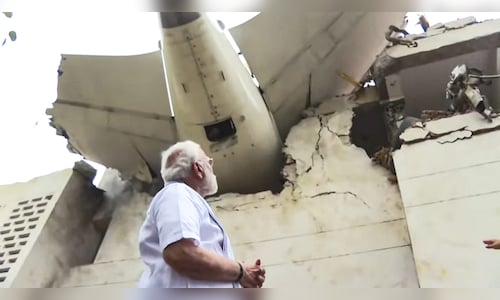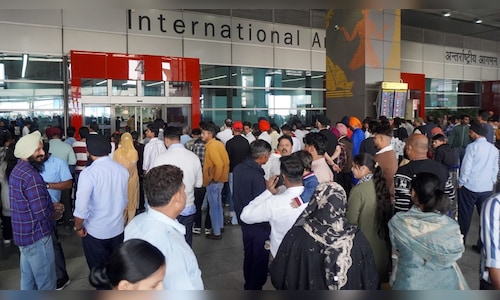Supporting them are Vipin Venu Varakoth, Veeraragavan K, and Vaishnav Vijayakumar, who have been named as part of the core investigation team. To ensure a comprehensive and technically sound inquiry, the AAIB has brought in a panel of Subject Matter Experts (SMEs) including experienced pilots, aviation engineers, flight recorder analysts, and specialists in aviation medicine and psychology.
The #AAIB team investigating the #AirIndia #AI171Crash has been revealed
???? Investigator-in-Charge: Sanjay Kumar Singh
???? Chief Investigator: Jasbir Singh Larhga
???? Investigators:
• Vipin Venu Varakoth
• Veeraragavan K
• Vaishnav VijayakumarThe AAIB has also roped in…
— Madeeha Mujawar (@madeehamedia) July 13, 2025
Also read | Air India plane crash investigation: ICPA slams speculative reports on pilot error, defends Air India crew
Collectively, they are expected to play a critical role in analysing the causes and circumstances surrounding the disaster. A major breakthrough in the probe came with the successful retrieval of vital data from one of the aircraft’s two Enhanced Airborne Flight Recorders (EAFRs), the black boxes.
The AAIB confirmed that the forward EAFR was in sufficiently good condition for data extraction, thanks to the use of a Golden Chassis — an identical EAFR unit sourced from the US National Transportation Safety Board (NTSB) along with specialised download cables.
The data download was carried out on June 24 at the AAIB’s laboratory in New Delhi. Investigators removed the Crash Protection Module (CPM) from the forward EAFR and mounted it on the Golden Chassis, allowing them to retrieve approximately 49 hours of flight data and two hours of cockpit voice recordings, covering six flights in total, including the ill-fated journey.
Also read | Air India plane crash: Detailed probe into fuel switch cut-off needed, say experts
“The recovered audio was two hours in length and captured the event. Initial analysis of the recorded audio and flight data has been done,” the AAIB stated in its preliminary report.
However, the aft EAFR—the second black box—suffered extensive damage in the crash. Traditional methods failed to retrieve any usable data from it. Although the CPM was opened to inspect the memory card, the internal components were found to be severely compromised, making data recovery impossible by conventional means.
The AAIB noted that sourcing a Golden Chassis and compatible cables from other global aviation authorities is standard practice when attempting to recover data from damaged black boxes. In this case, the collaboration with the NTSB proved instrumental in salvaging key data for the investigation.
As the probe continues, investigators are expected to delve deeper into the technical, environmental, and human factors involved in the crash. The findings will eventually contribute to safety improvements and future aviation policy.
(Edited by : Jerome Anthony)





